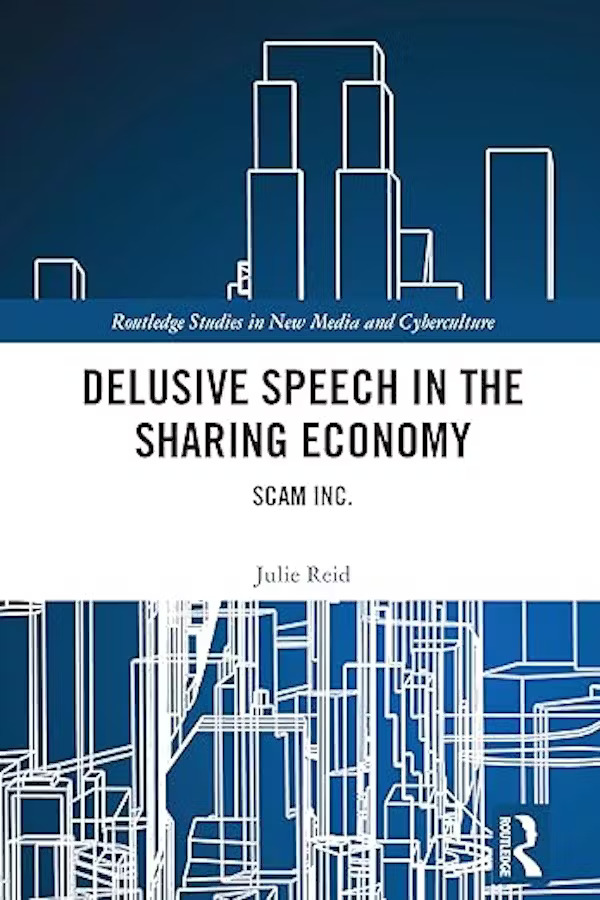
Upgrade to High-Speed Internet for only ₱1499/month!
Enjoy up to 100 Mbps fiber broadband, perfect for browsing, streaming, and gaming.
Visit Suniway.ph to learn
 Workers install a Philippine flag along Quezon Avenue, Quezon City on May 31, ahead of the 127th Philippine Independence on June 12. Photo credit: Noel B. Pabalate, The Philippine Star
Workers install a Philippine flag along Quezon Avenue, Quezon City on May 31, ahead of the 127th Philippine Independence on June 12. Photo credit: Noel B. Pabalate, The Philippine StarTHE JAPAN Credit Rating Agency (JCR) has again maintained the Philippines’ “A-” rating with a “stable” outlook, citing the country’s resilient economic growth and continued fiscal consolidation.
In a news release on Thursday, JCR affirmed the country’s foreign currency and local currency long-term issuer rating at “A-” and kept its “stable” outlook.
“The ratings mainly reflect Philippines’ high and sustained economic growth supported by solid domestic demand, low-level external debt and resilience to external shocks supported by accumulated foreign exchange reserves,” it said.
An “A-” rating indicates a high level of certainty to honor financial obligations, while a “stable” outlook means the rating is unlikely to change in the foreseeable future.
“However, reducing income disparity through rural development and infrastructure development remain important tasks to be addressed,” JCR said.
The Japan credit rater noted the country’s “steady progress” on its fiscal consolidation, infrastructure development, and poverty alleviation.
“JCR expects that economic growth and fiscal improvement through the government’s efforts will enhance the country’s creditworthiness.”
“It will continue to monitor developments closely. Based on the above, it has retained the ratings with a stable outlook,” it added.
The agency projects the Philippines’ gross domestic product (GDP) growth to remain in the “upper 5% range.” This will be supported by “robust domestic demand, despite uncertainties in external environ-ment.”
The government is targeting 6-8% GDP growth this year. The Philippine economy grew by 5.4% in the first quarter, driven by faster public spending and private consumption.
Meanwhile, JCR said the country’s fiscal consolidation remains on track.
“The government debt-to-GDP ratio stood at approximately 60% at end-2024, which is one of the lowest among sovereigns rated in A-range by JCR,” it added.
The Marcos administration is looking to cut its debt-to-GDP ratio to below 60% by 2028. In the first quarter, debt as a share of GDP stood at 62%.
The government’s fiscal deficit ceiling is capped at 5.7% of GDP this year. It is targeted to be brought down to 3.7% by 2028.
“Despite increased uncertainty due to changes in US tariff policies, Philippines’ foreign exchange liquidity position remains solid, and JCR expects the economy to retain high resilience to external shocks going forward.”
It noted strong investment inflows, well-contained external debt, and high international reserves.
The Bangko Sentral ng Pilipinas (BSP) welcomed the country’s continued A-rating from JCR.
“JCR’s affirmation will support and strengthen investment from Japan, one of the Philippines’ most important partners,” BSP Governor Eli M. Remolona, Jr. said in a statement.
“The BSP will continue to safeguard price and financial stability to boost the country’s resilience amid global headwinds.”
Finance Secretary Ralph G. Recto said the affirmation “keeps the Philippines well-positioned to maintain high investment-grade ratings from all major global and regional credit agencies.”
He also said the government will continue working on its goal to secure more “A” ratings.
“An ‘A-’ rating is a strong investment-grade score that reflects robust creditworthiness and macroeconomic stability. It signals confidence to investors and creditors, resulting in lower interest rates on borrowings of the National Government and the private sector,” he said.
Apart from JCR, the Philippines also holds an “A-” rating with Japan-based Rating and Investment Information, Inc. However, it has yet to secure an “A” rating from the big three debt watchers. It currently has a “BBB+” rating with S&P Global Ratings, “BBB” with Fitch Ratings, and “Baa2” with Moody’s Ratings. — Luisa Maria Jacinta C. Jocson




